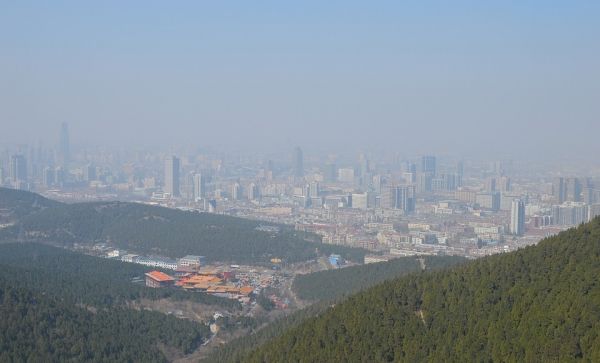High levels of pollution found in many of the world’s major cities are having negative effects on plants and insects, according to new research from the University of Sheffield.
articles
How Much Debris is Lying on Glaciers?
A warming Earth causes the volume of mountain glaciers and their extent to decline globally for decades. At the same time, the cover of many glaciers with debris changes. However, this debris coverage has been rarely recorded so far. A study by the scientist Dirk Scherler of the German Research Centre for Geosciences GFZ and two colleagues from Switzerland - one of them employed by Google - now shows a possibility to detect the extent of debris on mountain glaciers globally and automatically via satellite monitoring.
New UMBC Research Suggests Need to Rethink Goals of Global Reforestation Efforts
Many countries have made commitments to restore huge areas of forest as part of the Bonn Challenge, organized by the International Union for Conservation of Nature. For example, Costa Rica has promised to preserve 1 million hectares (3,861 square miles) of forest by 2020—about 20 percent of the nation’s total area. However, a new paper in Conservation Letters suggests that quickly reforesting large areas may not be the best strategy to yield many of the benefits forests can provide.
Beaches at Risk Due to the Increase in Atmospheric CO2
The appearance of dunes and beaches might soon be changing due to the increase in carbon dioxide emissions in the atmosphere, already a significant factor in the ongoing phenomena of climate change. The findings are the result of a study coordinated by the Institute for the Study of Anthropic Impacts and Sustainability in Marine Environments of the National Research Council (CNR-IAS) of Oristano, carried out in collaboration with Ca' Foscari University of Venice. The research, published in the journal Climatic Change, analyzed the chain reaction of effects on the marine environment triggered by the rise in CO2, estimating that from now to 2100 the accumulation of sediment at the base of the Mediterranean dune systems could fall by 31%, with erosion of beaches and an increased risk of flooding. The case study analyzed by the researchers was the Bay of San Giovanni, along the Sinis peninsula in Sardinia.
Canada’s Soils Are in Crisis
As the climate changes, we must radically improve soil health in Canada.
NUS Study: Mangroves Can Help Countries Mitigate Their Carbon Emissions
Geographers from the National University of Singapore (NUS) have found that coastal vegetation such as mangroves, seagrasses, and salt marshes may be the most effective habitats to mitigate carbon emissions.










